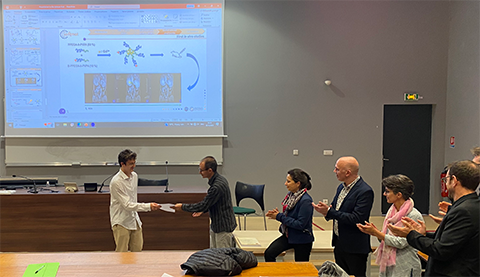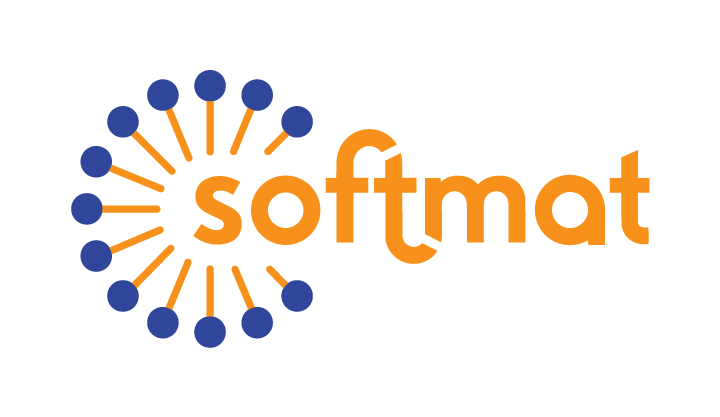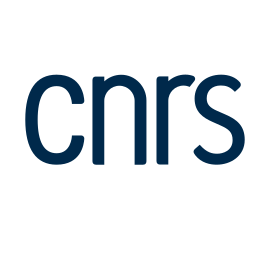Maksym Odnoroh, PhD student at Softmat (ex- IMRCP), has defended his thesis on hybrid polyion complexes for medical imaging

Maksym carried out his research in the P3R team at the Softmat laboratory.
On 20th of October, he defended his thesis entitled: "Hybrid polyion complexes as versatile medical imaging nanoprobe"
Interest in the use of nanostructured materials in medicine and diagnostics has grown rapidly in recent years. The dimension of so-called nanomedicine results in new medical effects and requires novel, scientifically demanding chemistry. Thus, drug delivery systems with controllable size and shape in the nm range are needed to deliver bioactive agents and drugs for specific pathological and pharmacological purposes with improved bioavailability and pharmacokinetics. Among them, organic-inorganic nanoparticles, which show great potential for imaging and diagnosis as well as for clinical therapeutics, have started to gain large interest.
 In order to develop new high sensitivity contrast agents while minimizing synthetic complexity, he plans to use hybrid polyion complexes obtained from complexation between metal ions and anionic block copolymers. Their formation is mainly driven by electrostatic interactions and entropy gain from the release of counter-ions. Moreover, coordination bonds confer an additional factor of stability towards salt addition or dilution, thus avoiding the need for prior encapsulation of metal ions in a specific complex structure. Relaxivity properties and high stability in biological medium obtained from preliminary experiments have shown the great potential of these systems.
In order to develop new high sensitivity contrast agents while minimizing synthetic complexity, he plans to use hybrid polyion complexes obtained from complexation between metal ions and anionic block copolymers. Their formation is mainly driven by electrostatic interactions and entropy gain from the release of counter-ions. Moreover, coordination bonds confer an additional factor of stability towards salt addition or dilution, thus avoiding the need for prior encapsulation of metal ions in a specific complex structure. Relaxivity properties and high stability in biological medium obtained from preliminary experiments have shown the great potential of these systems.
Hence the main objective of his thesis was to develop new versatile medical imaging nano-objects easily generated by the non-specific complexation of double hydrophilic block copolymers in the presence of metal ions.
The incorporation of different families of ions or polymers within these objects will enable to extent the proposed strategy to multimodal imaging (PET, MRI…) and will also enable to target specific probes.
Highlights of the thesis:
- Maksym is co-author of an article published in the Journal of Colloid and Interface Science (Impact Factor=10).
- He was also distinguished during the scientific workshop of the GFP Sud-Ouest in April 2022 for his active participation in the scientific discussions.
Many congratulations to Maksym for the quality of his work!


